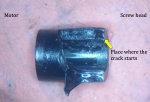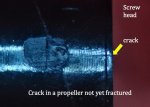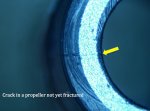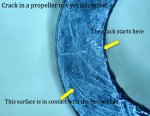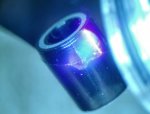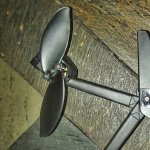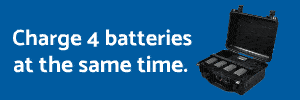- Joined
- May 12, 2020
- Messages
- 12
- Reaction score
- 6
- Age
- 61
- Location
- São Paulo - Brazil
- Website
- www.sorbytecnologia.com
I work with failure analysis.
My anafi fell, (luckily less than 4 meters high) two propellers broke, nothing more.
I analyzed one of the fractured propellers, the only one I found, and found that I had a fracture caused by a fatigue mechanism. I inspected the other 6 propellers, not yet fractured, and found that two of them were already with fatigue cracks. I am putting some photos, showing where the crack nucleation occurs, to facilitate the periodic inspection of other pilots.
My anafi fell, (luckily less than 4 meters high) two propellers broke, nothing more.
I analyzed one of the fractured propellers, the only one I found, and found that I had a fracture caused by a fatigue mechanism. I inspected the other 6 propellers, not yet fractured, and found that two of them were already with fatigue cracks. I am putting some photos, showing where the crack nucleation occurs, to facilitate the periodic inspection of other pilots.



